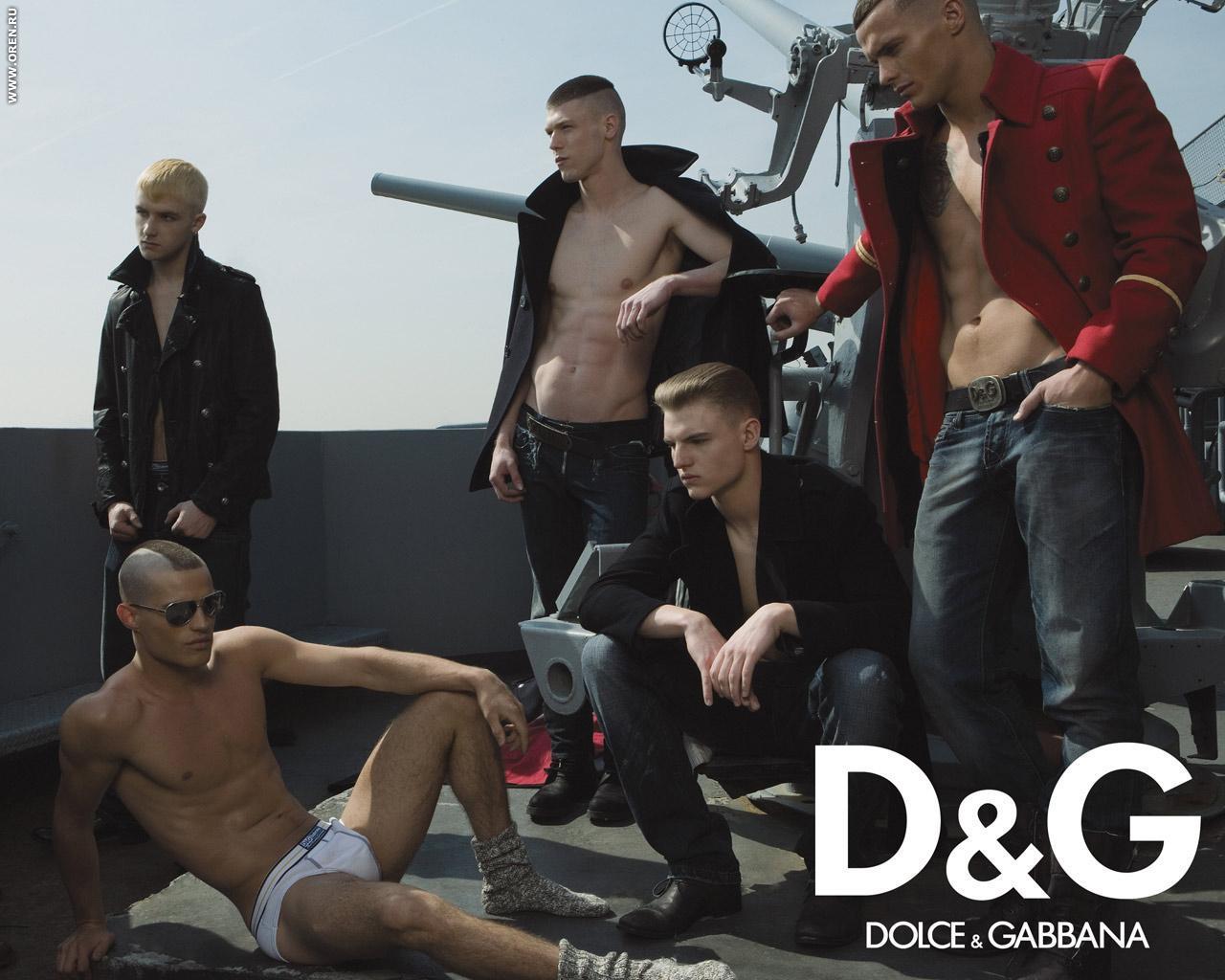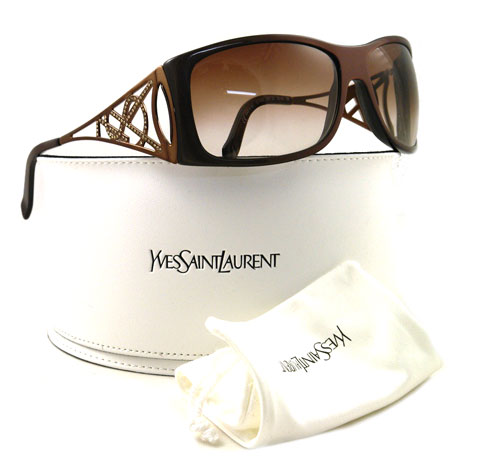Introduction
This is an academic subject that involves a combination of art history, cultural studies, and philosophy with a focus on aspects of culture that depend on the visual media. It does so by placing focus on aspects of culture that rely on visual images (Barnard 2001, p. 65). Visual culture seeks to enquire into whether there has been a social and cultural push from the verbal and textual culture into the visual culture.
Visual culture concerns everything we see or earlier saw; visual representations of sculptures, billboards, photographs, furniture, utensils, buildings, maps, and advertising- in short, every aspect of the environment communicated to us through visual means (Mirzoeff 1999, p.65).
Today every move we make is being watched, surveillance cameras are placed in almost all public places, this includes banking halls, learning institutions, soccer stadiums, trains, and shopping malls. Work and leisure are also mostly centered on visual media; this varies from computers, televisions, and video game machines such as Playstation and Nintendo.
Most of the media used today to convey information mostly employ visual content, these include photography, the web, architectural designs, advertising (which almost uses all media forms to pass messages), fashion, digital multimedia, and print images. Each of these forms can be categorized into either ‘low’ or ‘high’ cultures (Irvine 2009, para. 4).
Aim
This paper aims to show how meaning is constructed in images and also demonstrate a theoretical thinking and analytical understanding of Visual Culture using relevant theoretical perspectives.
Why Study Visual Culture?
Our culture is practically considered a visual one. We have an environment saturated with a visual culture; the home, institutions of learning, workplaces, and even the roads and highways are painted with visual media. Moreover, we use visual communication when trying to communicate across our tribal and international boundaries; an example is the use of white color to represent peace, red to mean danger, and blue to represent the sea. There is also the use of sign language between two people who do not speak a common language.
Knowledge in most cases is passed visually; weathermen use charts and photographs, economists use graphs to indicate trends in the financial trends and predict the future behavior of the same. The rapid growth of the web as a central source of information in any field cannot be stressed any further. The oldest recorded pieces of information are in the form of pictures and artifacts and are very useful in the remaking of early life. This, therefore, shows that studies in visual culture are very critical for learners in the current age. Most visual culture studies look into it as a reflection of culture and as something with its cultural worth, contributing to a change in the cultural ways (Sturke & Cartwright, 2001, p. 76).
High, Low and Popular Culture
Recently, studies especially involving gender, ethnicity, and area have come up; these forms of studies are categorized under other “studies”. Most of the studies embrace the same basic elements applied in Visual Culture Studies normally referred to as an “inter- or anti-disciplinary organization” (University of Wisconsin 2007, para. 5). This means a shift from “high” culture to a wider range of topics of study with emphasis on the relationship between the spectator and participant, this being core to the other studies.
Visual Culture looks into the creation and interpretation of visual images, objects, and events from diverse cultures and across local, national, and international boundaries. We are thus faced with a challenge to address the many models of vision and awareness. Thinking interculturally requires a fundamental review of our ideas on “high” and “low” culture and a considerable change in the practice of history and anthropology.
Low culture is a derogatory term used to refer to some popular culture and was often about sex, drugs and rock and roll, tattoos, graffiti, and blue jeans. These low culture traits are now fashion statements. High culture is a term now used mostly in the academic field and is the culture of the elite; these include rebellion, vision, iconoclasm, and dissent. These traits are professional courses at universities. Culture theorists have said that both low and high cultures are subcultures and there is a possibility that high culture can make its way into the low culture if it is liked by the majority. One explanation for this could be because the high culture is commercialized and becomes a part of the popular culture; this has been utilized by fashion designers to sell out their merchandise through the visual media.
Popular culture, also known as pop culture, is the existing culture in any given society and includes entertainment, film, music, sports, and fashion. It has always been a hybrid form of both cultures as it is composed of high and low culture ideas. The term was originally used to refer to the education of the low cultured inhabitants (Rose, 2001, p. 23).
Originality and Appropriation
Appropriation in visual culture studies is the adoption, borrowing, or recycling of a section or an entire work earlier done as a visual form of art. It involves using borrowed ideas in the creation of new work; the work thus appears as a new one yet consists of borrowed ideas.
Originality is the characteristic of an idea conceived by someone as being new. This also includes works of visual art like advertisements in the many forms of visual media available for use.
French philosopher Roland Barthes declared in 1967 in an essay that no one creates a unique and new work, all works are modifications of others that were done earlier.
Realism and Truth
Realism in the visual arts is a style that seems to illustrate actual, detailed unaltered representations of visual forms as should be seen by the human eye. It simply means an emphasis on the outward appearance of these forms and not imagination.
Truth is the being by the real things, realism and truth are interconnected.
Image and Gaze
The idea of using gaze in the analysis of visual culture forms depends on how a viewer sees the form. There are many different types of gaze:
- The spectator’s gaze is the gaze of the audience or a person at an image on visual media. This is most cases is us.
- The intra-diegetic gaze is the type where the gaze of one person is directed upon another person in the visual media, an example is one person looking at another person on an advert.
- The extra-diegetic gaze or direct address is a type where the gaze of a person or something representing a person on visual media is seen to be looking at the spectator or viewer.
- The camera’s gaze is also known as the director’s gaze is the way the camera or rather the photographer looks at the people.
Semiotics
This is a field of study concerned with the way signs and symbols are used to represent meaning. It is often used in the analysis of texts
Discussion
An analysis of visual images from various fashion labels shows the application of the above-discussed theoretical perspectives to convey meaning to the targeted individuals or groups.

This Gucci perfume advert is seen to be an example of realism in the visual arts, the picture of the model is an unaltered physical representation as could be seen by the human eye of the real person. The perfume bottle at the bottom right corner of the advert is also a real unedited representation.
The type of gaze in this visual art is an extra-diegetic gaze. The writing at the bottom-right corner below the perfume bottle is an example of semiotics. It communicates that the brand of the perfume is Gucci; a name known by many.

The Dolce and Gabbana advert also exhibit realism; the picture appears as it would be seen by the human eye in a real-life situation. Had the advert been left without the writings at the bottom left corner, perhaps very few people would care to look at it more closely, this shows that there’s meaning attached to these words, hence semiotics.
The type of gaze is intra-diegetic; the gaze of the other people on the advert seems to be diverted to the one sitting down. The message is directed to the “high-culture” who adore icons (iconoclasm).

This is a Yves Saint Laurent women’s sunglasses advert. Originality has been emphasized by the other accessories placed on the advert apart from the glasses. Realism is also exhibited by the use of different color shades. There is meaning constructed by the use of branded accessories in the visual media, this informs the viewer that the sunglasses are made by Yves Saint Laurent without necessarily seeing it written on the product itself.
Conclusion
Visual Culture Studies are very critical for learners in the current age. The significance of the visual part of our society is very important for passing across messages. Our everyday experiences demand that we have a proper understanding of the visual media for communication. These include billboards by the roadside, adverts on the television, accessing of information from the web, and posters in academic institutions.
The visual culture is perhaps the best approach to use for studying the functions of a society which is addressed through images and other visual channels rather than through spoken words. It is also seen from the discussion that the visual culture is the best way to reach the high or low cultures as demonstrated by the fashion houses and designers, this is a generalization that can be applied by manufacturers of other items like cars and other luxury items (Belsey 2002, p.13).
Adverts and other visual media must be designed in such a way that they communicate most of the information to the targeted people through the use of images.
Reference List
Barnard, M., 2001, Approaches to Understanding Visual Culture. Basingstoke: Palgrave.
Belsey, C., 2002, Poststructuralism: A Very Short Introduction. Chicago: OUP.
Irvine, M., 2009. Introducing visual culture: ways of looking at all things visual. Web.
Mirzoeff, N., 1999, An Introduction To Visual Culture. New York: Routledge Publishers.
Rose, G., 2001, Visual Methodologies. New York: Sage Publishers.
Sturken, M. & Cartwright, L., 2001. Practices of Looking. London: OUP Publishers.
University of Wisconsin., 2007. Visual culture. Web.